How to change the pump in a Samsung washing machine
 Having discovered that the washing machine does not drain waste water, did you assume that the drain pump has failed? It is not necessary to immediately invite a professional technician to fix this problem; you can do the repair yourself. We will try to tell you in detail how to replace the drain pump yourself, thereby saving $100 in the family budget. The procedure is not very complicated; it will take no more than an hour to complete.
Having discovered that the washing machine does not drain waste water, did you assume that the drain pump has failed? It is not necessary to immediately invite a professional technician to fix this problem; you can do the repair yourself. We will try to tell you in detail how to replace the drain pump yourself, thereby saving $100 in the family budget. The procedure is not very complicated; it will take no more than an hour to complete.
Is the pump really broken?
How to understand that a malfunction of a Samsung washing machine is caused by a pump defect? First, you should inspect the washing machine for other damage and check the functionality of other parts and elements.
First of all, focus on the external signs of a malfunction. All modern machines notify the user of a breakdown by displaying an error code on the digital screen. By seeing the conventional combination of numbers and letters and deciphering it using the instructions for the device, you will understand whether the inoperability of the drain system is the root cause of the problem.
Important! The main sign of failure of the drain pump is the “freezing” of the washing process at the stage involving the removal of waste water from the tank.
Start checking the system, first make sure that the spin function has been set by the program. If not, then enable this mode again. If nothing happens, check the drain hose; it should not be located above the level of the tank and have kinks. If it is level, disconnect it from the utilities and check for blockages. Direct the free end of the hose into the bathroom and turn on the automatic flush mode. If water begins to flow freely, then everything is fine with the machine, and the root cause of the breakdown is a clogged sewer pipe.
If the problem is not a blockage, you need to move on to the next step. Remove the protective panel (in some models, access to the elements of the drain system is opened by a small hatch) located below, on the front wall of the case. Prepare a container of such volume that all the water from the machine fits into the container, place it and unscrew the drain filter. Drain the liquid from the tank and remove any accumulated debris from the surface of the filter.
Using a flashlight, illuminate the hole in which the part stood. Carefully examine the impeller to see if it rotates freely. If the impeller stands still or moves with great force, it is worth starting to check the pump.
Preparatory activities
To replace the drain pump, you need to disconnect the machine from the power supply and disconnect the drain and inlet hoses from the water and sewer pipes. Having carried out these simple steps, the user will ask logical questions: “Where is the pump? Which side should I approach the machine from?”
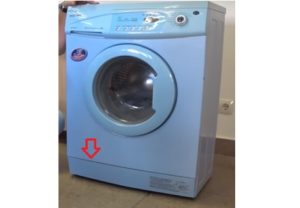 On the vast majority of washing machines in the Samsung line, the elements of the drain system are located in its lower part; they are closed with a special panel or a separate hatch. To detach the panel from the body and gain free access to the necessary parts, it is best to use a flat-head screwdriver. Carefully pry up the lower part of the automatic machine with a tool and remove the cover.
On the vast majority of washing machines in the Samsung line, the elements of the drain system are located in its lower part; they are closed with a special panel or a separate hatch. To detach the panel from the body and gain free access to the necessary parts, it is best to use a flat-head screwdriver. Carefully pry up the lower part of the automatic machine with a tool and remove the cover.
After removing the cover, you will see the area where the drain filter is located. It is a plastic structure that protects the pump impeller from foreign objects getting into it. It is necessary to remove the garbage filter and clean it.
Important! When unscrewing the filter, the water remaining in the pipes may begin to flow out, so before performing this action, place a rag near the SMA.
In the opened hole you will see the impeller of the drain pump. Scroll it with your finger or a long thin stick, the part should rotate freely. If the impeller movement is difficult, there may be hair, threads, or other debris wrapped around it. It should be cleaned, but this can only be done by removing the pump from the housing.
The next step is to lay the automatic machine on its side; this must be done carefully so as not to scratch the body of the washing machine. Be sure to place a backing under the side wall of the machine; it can be a rolled carpet or any other items that will allow the unit to be lowered smoothly. Turning the machine over and looking under the base, you will see the drain pump, volute and its motor.

It is advisable to check the pump with a multimeter. Its probes are connected to the terminals leading to the pump, after which an alternating voltage of up to 700 Volts is set on the device. Plug the washing machine into a power outlet, select the drain program, and after a while look at the voltage coming to the multimeter. If the indicator value is 220 Volts and the pump does not drain, we proceed to replacing the part. If the voltage does not come, but the drain program works, then the problem lies in the control module.
So, to replace the old pump with a new one, all that remains is to perform a simple algorithm of actions that will allow you to change the pump in a Samsung washing machine.
We remove the old one, install the new one
Once you have found the desired element, you should carefully study the recommendations for further actions. The step by step user guide will be as follows:
- disconnect the 2 power wires that are connected to the pump by disconnecting both terminals;
- Using a screwdriver, unscrew one by one the three Phillips bolts securing the pump to the volute;

- by grasping the drain pump and slightly “breaking” it to the bottom, disconnect the part;
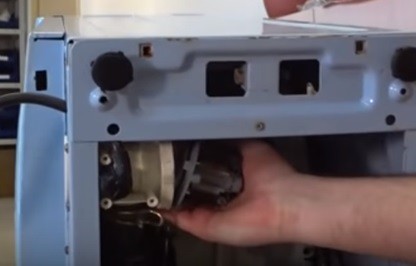
- prepare a new pump;
- then you should connect the working pump to its original place in the same position;
- secure the pump using the bolts that were removed at the very beginning of the work;
- attach the previously removed terminals to the new part;
- insert the drain filter into place;
- return the SMA to its original position;
- Reinstall the protective panel.
In fact, the process of replacing the pump responsible for draining water takes a little time. You can carry out the procedure yourself, without the help of a certified repairman. To do this, you just need to carefully study the step-by-step instructions for carrying out this type of work.
Interesting:
1 reader comment


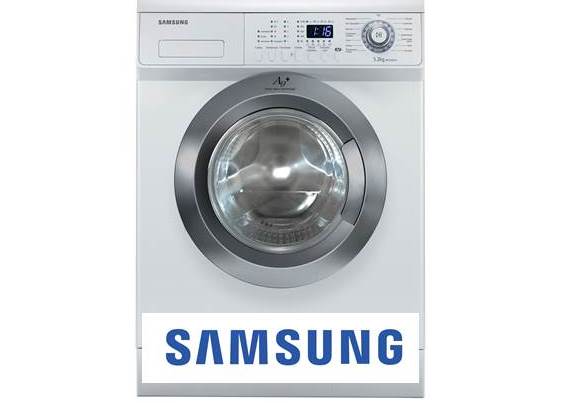
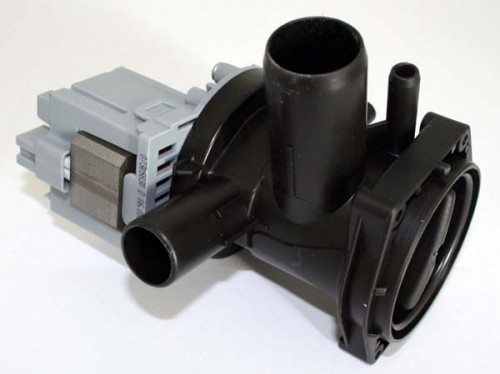
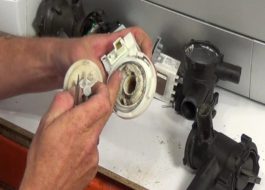

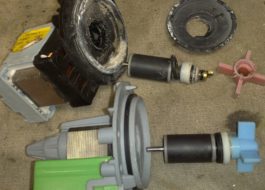














Thank you! Useful and practical. Everything was useful.